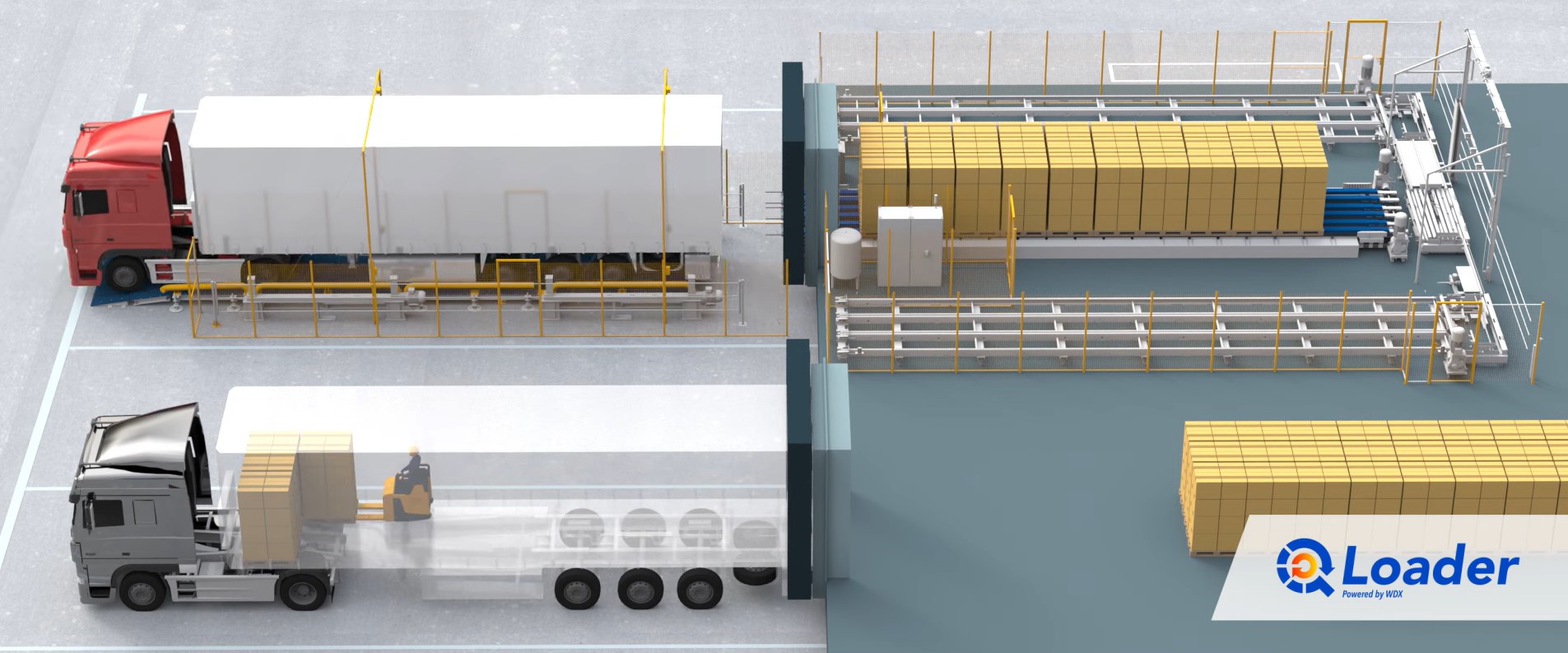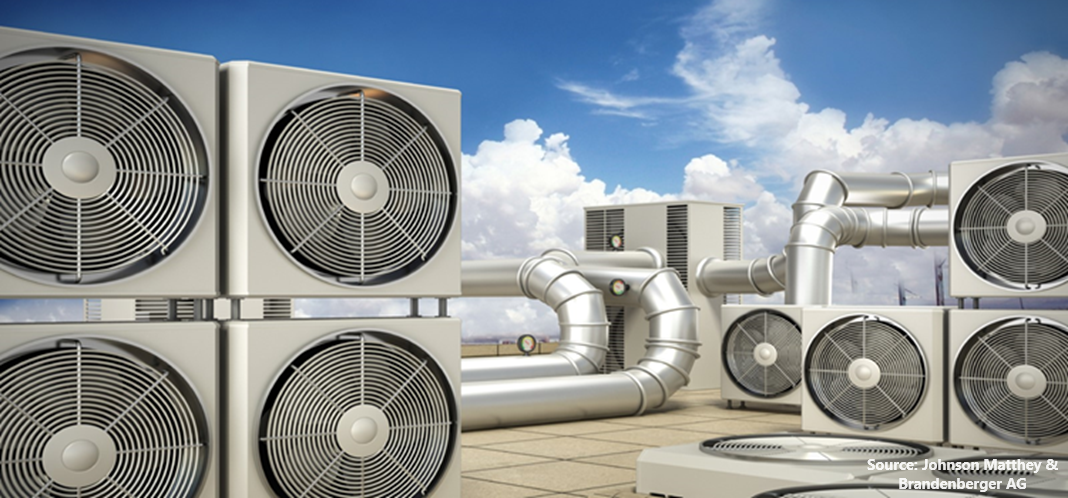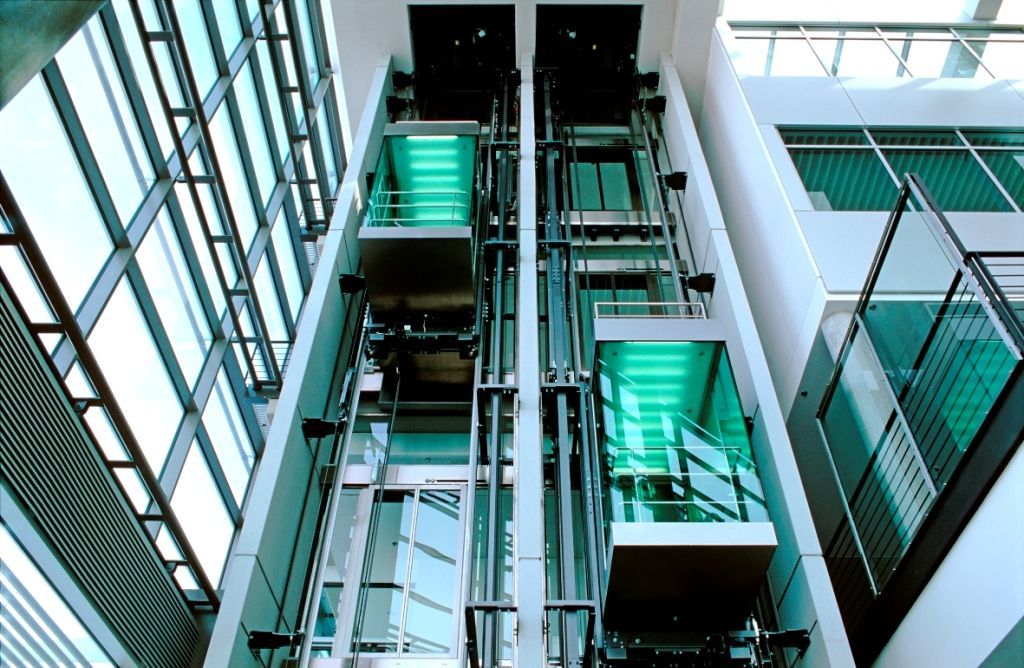
The U.S. Heat Exchangers Market by Type (Shell & Tube, Plate & Frame, Air Cooled, and Others), by Material (Metals, Alloys, and Brazing-CLAD), and by End User (Chemical, Energy & Power, Heating, Ventilation, Air Conditioning, and Refrigeration (HVACR), Food & Beverage, Pulp & Paper, and Others)– Opportunity Analysis and Industry Forecast, 2024–2030
Industry: Construction & Manufacturing | Publish Date: 21-Mar-2024 | No of Pages: 118 | No. of Tables: 86 | No. of Figures: 51 | Format: PDF | Report Code : N/A
Market Overview
The U.S. Heat Exchangers Market size was valued at USD 4620.6 million in 2023, and is predicted to reach USD 7363.4 million by 2030, with a CAGR of 6.3% from 2024 to 2030.
Heat exchangers are engineered devices designed to transfer heat from one fluid to another without direct fluid contact. They find extensive utilization across industrial, commercial, and residential domains, including HVAC systems and refrigeration units, to effectively heat or cool fluids or air. Operating by enabling the passage of heat through a barrier, such as a solid wall or a series of plates or tubes, they perform various functions such as heating water in boilers or cooling air in air conditioning systems.
Available in diverse configurations tailored to specific requirements, ranging from basic radiator coils to intricate systems found in chemical processing plants and power generation facilities, they play a critical role across numerous industries and applications. Their functions encompass regulating air temperature in buildings, facilitating steam production in power plants, controlling temperatures during chemical reactions, and aiding in food processing, among others. Furthermore, they serve as indispensable components in automotive cooling systems and are widely deployed in aerospace, marine, and wastewater treatment sectors, playing a pivotal role in efficient thermal management and energy transfer.
Growing Industrialization and Urbanization in the U.S. Drive Market Growth
The expansion of industrialization and urbanization in the U.S. significantly propels market growth. As industrial sectors expand to meet growing demands, there's a parallel increase in the need for various technologies and equipment, including heat exchangers.
Moreover, urbanization leads to the construction of new buildings and infrastructure, such as commercial complexes and residential properties, all of which require efficient heating, ventilation, and air conditioning (HVAC) systems. Heat exchangers play a crucial role in these systems, thereby experiencing a surge in demand. This trend is further bolstered by the adoption of advanced manufacturing processes and technologies, driving innovation and creating new opportunities in the heat exchangers market.
Focus on Sustainable Practices in the U.S. Propel Market Growth
The emphasis on sustainable practices in the U.S. serves as a significant driver for market growth. With increasing awareness of environmental concerns and the need to reduce carbon footprints, industries are shifting towards sustainable solutions, including energy-efficient technologies including heat exchangers.
By adopting these devices, businesses can optimize energy usage, reduce greenhouse gas emissions, and lower operational costs, aligning with sustainability goals. Additionally, government initiatives and regulations promoting energy efficiency further incentivize the adoption of heat exchangers, fostering market expansion.This focus on sustainability not only benefits the environment but also creates lucrative opportunities for manufacturers and suppliers in the heat exchangers market.
Competition from Alternative Technologies Restrains Market Growth
Competition from alternative technologies acts as a restraining factor for market growth in the U.S. As advancements continue in the field of energy efficiency and thermal management, alternative solutions to traditional heat exchangers emerge. These technologies may offer different approaches to heat transfer or promise enhanced performance, posing a challenge to the market dominance of conventional heat exchangers.
Additionally, alternative technologies may capitalize on trends such as Industry 4.0, offering smart, interconnected solutions that appeal to modern industrial requirements. To remain competitive, heat exchangers manufacturers must innovate and adapt to evolving technological landscapes, ensuring their products offer superior efficiency, reliability, and cost-effectiveness compared to alternative options.
Advancements in Cutting-Edge Materials and The Rising Trend of Industry 4.0 Create a Market Opportunity
Advancements in cutting-edge materials and the rising trend of Industry 4.0 present a significant market opportunity in the U.S. These advancements enable the development of more efficient and durable heat exchangers technologies, enhancing their performance and lifespan. Innovative materials with superior thermal conductivity and corrosion resistance enhance heat transfer capabilities, leading to improved energy efficiency and reduced maintenance requirements.
Furthermore, the integration of Industry 4.0 technologies, such as automation, data analytics, and connectivity, enhances the monitoring, control, and optimization of heat exchangers systems. This not only improves operational efficiency but also enables predictive maintenance and real-time performance monitoring, reducing downtime and enhancing overall productivity.
As industries in the U.S. increasingly prioritize efficiency, sustainability, and digitalization, the demand for advanced heat exchangers equipped with cutting-edge materials and Industry 4.0 capabilities is expected to grow, creating a lucrative market opportunity for manufacturers and suppliers.
Competitive Landscape
Several market players operating in U.S. heat exchangers market include Alfa Laval AB, Johnson Controls International plc, Carrier Global Corporation, Lennox International Inc., Trane Technologies plc, API Heat Transfer Inc., Kelvion Holding GmbH, Xylem Inc., Danfoss Group, and General Electric Company among others. These companies are adopting various strategies such as product launches to remain dominant in the heat exchangers market.
Key Market Segments
By Type
-
Shell & Tube
-
Fixed Tube Heat Exchangers
-
U-Tube Heat Exchangers
-
Floating Head Heat Exchangers
-
Other Shell & Tube Heat Exchangers
-
-
Plate & Frame Heat Exchangers
-
Gasketed Plate & Frame Heat Exchangers
-
Welded Plate & Frame Heat Exchangers
-
Brazed Plate & Frame Heat Exchangers
-
Other Plate & Frame Heat Exchangers
-
-
Air Cooled
-
Forced Draft Heat Exchangers
-
Induced Draft Heat Exchangers
-
-
Others
By Materials
-
Metals
-
Alloys
-
Brazing-CLAD
By End User
-
Chemical
-
Energy & Power
-
HVACR
-
Food & Beverage
-
Pulp & Paper
-
Others
REPORT SCOPE AND SEGMENTATION:
|
Parameters |
Details |
|
Market Size in 2023 |
USD 4620.6 Million |
|
Revenue Forecast in 2030 |
USD 7363.4 Million |
|
Growth Rate |
CAGR of 6.3% from 2024 to 2030 |
|
Analysis Period |
2023–2030 |
|
Base Year Considered |
2023 |
|
Forecast Period |
2024–2030 |
|
Market Size Estimation |
Million (USD) |
|
Growth Factors |
|
|
Companies Profiled |
10 |
|
Market Share |
Available for 10 companies |
|
Customization Scope |
Free customization (equivalent up to 80 working hours of analysts) after purchase. Addition or alteration to country, regional, and segment scope. |
|
Pricing and Purchase Options |
Avail customized purchase options to meet your exact research needs. |
KEY PLAYERS
-
Alfa Laval AB
-
Johnson Controls International plc
-
Carrier Global Corporation
-
Lennox International Inc.
-
Trane Technologies plc
-
API Heat Transfer Inc.
-
Kelvion Holding GmbH
-
Xylem Inc.
-
Danfoss Group
-
General Electric Company




 Speak to Our Analyst
Speak to Our Analyst


































